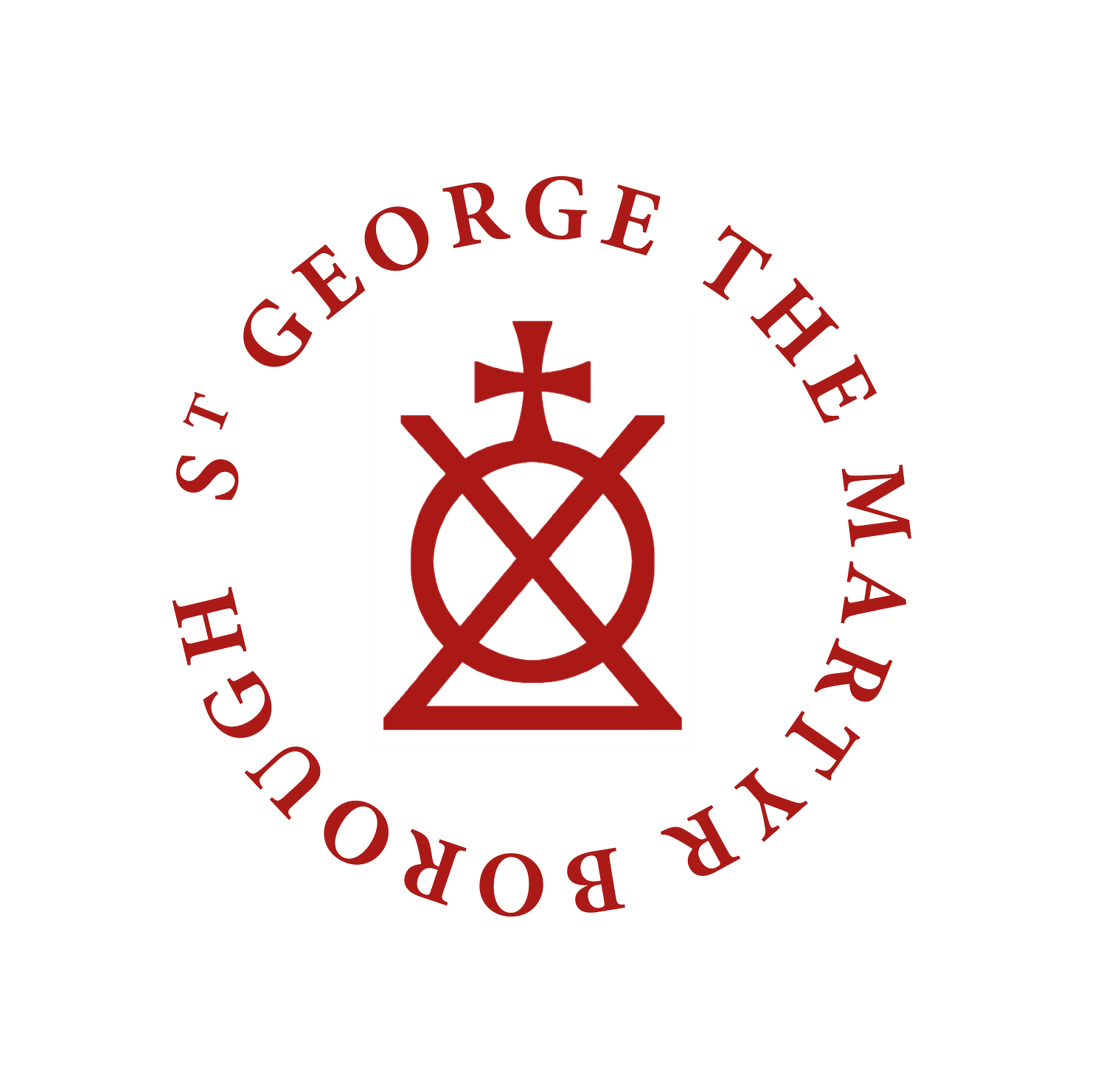Little Dorrit
Little Dorrit depicted in our East Window
Often known as Little Dorrit’s Church, Charles Dickens spent some of his childhood here, living in parish accommodation and saying his prayers in our pews. We welcome visitors from around the world to come and experience the building and neighbourhood from which he took inspiration for his writing.
Charles Dickens’s novel, Little Dorrit, was first published in serial form between 1855-1857.
Dickens drew his Victorian readers into a world dominated by the impact of imprisonment. Even when the “long bright rays” of the sun shine across London, they appear to be “bars of the prison of this lower world”. At the time, families of prisoners would be imprisoned alongside them, and Amy, the Little Dorrit of the title, is born and raised in Marshalsea prison.
When Charles was just 12, in February 1824, his father John Dickens was sent to the Marshalsea Debtors Prison. The whole family joined him, with the exception of Charles and his sister Fanny.
The Marsalsea Prison, 18th Century
The John Harvard library now sits on the site of the old Marshalsea prison, but one wall remains. Cross over Tabard Street (where a food market is often situated) and enter St George’s Churchyard gardens; the old Marshalsea prison wall stands at the opposite side of the garden. In the alley next to the wall, quotes from Little Dorrit are written into the ground. Dickens wrote of this place: “whosoever goes into Marshalsea Place, turning out of Angel Court, leading to Bermondsey, will find his feet on the very paving-stones of the extinct Marshalsea jail… and will stand among the crowding ghosts of many miserable years.”
Charles had to leave school when his father was imprisoned and was sent to work at a blacking factory at Hungerford Stairs, at the current site of Charing Cross station, labelling bottles of shoe polish for ten hours a day. He wrote of the factory that it was “a crazy, tumbledown house with rotten floors and staircase, dirty and decaying, with rats swarming down in the cellar.”
His wage of six shillings a week paid for his lodgings, firstly in Camden town, and then much closer to the prison, a garret on Lant Street, belonging to the Vestry Clerk of St George the Martyr. This was close enough to the prison to be able to eat breakfast with his family.
In The Pickwick Papers, Dickens wrote that a man wishing “to remove himself from temptation; to place himself beyond the possibility of any inducement to look out of the window, we should recommend him by all means to go to Lant Street”. This area was a notorious slum, with terrible sanitation. However, “there is a repose about Lant Street in the Borough which sheds a gentle melancholy upon the soul. There are also a good many houses to let in this street, it is a bye street too, and its dullness is soothing.”
Although this traumatic childhood experience lasted only a few months - his father was released in May 1824 – its impact can be seen in Dickens’ writing, where imprisonment is a frequent theme. Dickens later wrote: ‘My father and mother had been stricken dumb upon it.’ He himself also kept this episode hidden, including from his own children, and it wasn’t widely known about until after his death.
If Marshalsea Prison is a looming presence for the characters of Little Dorrit – Arthur Clennam, Tattycoram, Affery Flintwinch and William Dorrit, the Father of the Marshalsea - St George the Martyr church provides a space of warmth and welcome within the pages.
Amy is christened at St Georges, the prison’s turnkey having “promised and vowed and renounced on her behalf.”
Later, when she and Maggy, the young woman who Amy takes care of, return late to the prison one cold night, they are locked out. Amy notices the lights of the church are on, and enters in.
She’s recognised by the Sexton - “we’ve got your birth in our Register, you know; you’re one of our curiosities” – and invited in: “one of our curiosities mustn’t be cold, when we have it in our power to warm her up comfortable”. There, she and Maggy, safe and warm, fall asleep.
Later, it is at St George’s where Little Dorrit is married, coming out of the church to “a modest life of usefulness and happiness… into the roaring streets, inseparable and blessed.”
Today at St George’s, we continue to offer a warm and safe welcome to any who need it.
Every weekday our doors are open to provide a space of quiet and prayer in the bustle of the city.
The Borough Food Co-operative operates from our crypt, supporting 3000 families a year.
A further link between St George the Martyr and debtors prisons is found in the eighteenth century. In 1749 the living of St. George's was worth only about £70 a year and was dependant on tithes and Easter offerings. The parish therefore applied for and obtained an Act of Parliament authorizing a rate to raise £125 a year for the better maintenance of the rector. There was no parsonage house and the increase in his income proved inadequate for the Rev. Leonard Howard, the then rector, who was frequently confined in the King's Bench for debt.


